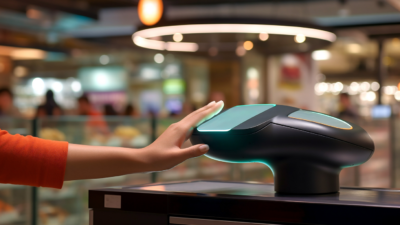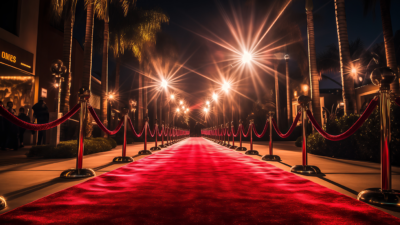The Retail Next Gen Series is composed of posts contributed by Colliers professionals across North America who have joined the commercial real estate industry in the past five years. Retail Next Gen Series contributors meet regularly to share best practices and discuss emerging trends, bringing fresh perspective to the key challenges and opportunities within the retail industry.
The retail industry brims with theories on what makes millennials tick. The challenge facing many retailers and retail center developers is how to engage the “live-work-play” generation based on how they spend their time.
In March 2015, U.S. citizens spent more money at restaurants and bars than at grocery stores for the first time in history. Although this doesn’t include purchases at big-box retailers, this statistic still speaks volumes on the direction our culture is leaning: toward a service-oriented society that places a high value on convenience.
For the retail industry to keep up with this convenience-driven mentality, the creation of experiential, hands-on retail is essential. In my market of Atlanta, two mixed-use retail center developments exemplify this shift — revealing critical considerations for developers in many markets.
Urban Within Suburban: Avalon
Avalon is a mixed-use development located in the heart of Alpharetta, GA. While this is a suburban community, Avalon boasts a variety of features to attract urban-minded millennials.
The developer, North American Properties, seamlessly brought together shopping, dining, entertainment, living and working into its 86-acre sprawl, perfecting the tenant mix to address the millennial lifestyle.
This development attracts city-slickers who like the urban feel but hate the downtown traffic, along with empty-nesters who want to be surrounded by activity. Avalon set the trend for neighboring retail as well, catapulting development and creating a submarket.
Rags to Riches: Ponce City Market
While many developers are creating “community-centric” mixed-use projects out in the suburbs, in the competitive in-town markets, developers are actively seeking historical (sometimes dilapidated) landmarks to transform.
These community markers, located in areas ripe to become the hippest and most up-and-coming neighborhoods, have endless redevelopment potential. One such example is Atlanta’s Ponce City Market, developed by Jamestown.
Formerly a Sears, Roebuck & Co. distribution center and the largest brick building in the southeastern United States, Ponce City Market is a historic 10-story, 2.1 million-square-foot structure restored as a mixed-use development that houses best-in-class office, retail and residential spaces.
The Central Food Hall at Ponce City Market boasts “mini restaurant stalls” curated with some of the most popular chefs and concepts in the city. If the delicious food selections weren’t enough, the building’s rooftop is home to Skyline Park, where patrons can enjoy mini golf, carnival games and amusement rides. There is also a private event venue and a full-service restaurant — and did I mention this could quite possibly be the most breathtaking view of the city?
Although the impeccable restoration retaining the character of the building is enough to write home about, what sets Ponce City Market apart from other redevelopment projects is its marquee location along the Atlanta BeltLine, a 22-mile multi-use trail on a railroad corridor that formerly encircled Atlanta. Upon completion, the BeltLine will ultimately connect 45 in-town neighborhoods. Ponce City Market has become a landmark on the BeltLine, helping to fuse adjacent areas and attracting visitors from miles away.
Create an Experience and Deliver Flawlessly
“Live, work, play” has become synonymous with just about every successful mixed-use retail development. However, throwing up an office tower with a few street-level restaurants and retail shops in a desirable part of town does not make a project successful. The developments that knock it out of the park do so by answering the question, “What makes patrons (in particular, millennials) happy?”
With the continued growth of e-commerce and people’s affinity for technology, retailers’ and developers’ business models are ever-evolving to answer this question. Millennials want to rally around local businesses and gather and eat in places that are community-centric. They want an experience, and they want it to be unique.
The environmentally-minded and health-conscious want to ride their bikes and drop them off at the bike valet. Or if they drive, they want to quickly pay for parking with an app rather than dealing with a finicky kiosk or parking attendant.
More often than not, it is these perks that people remember most. Developers who create unique experiences and flawlessly execute on the extra elements will have millennials visiting their projects time and time again.
Also: Read 7 Ways the Internet of Things Is Changing Retail
Allie Spangler is a retail services associate based in Atlanta. She represents retail landlords throughout the Southeast through marketing strategies, trade area analysis, tenant merchandising and deal-making.

 Colliers Insights Team
Colliers Insights Team
 Anjee Solanki
Anjee Solanki

 Nicole Larson
Nicole Larson